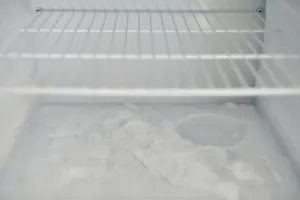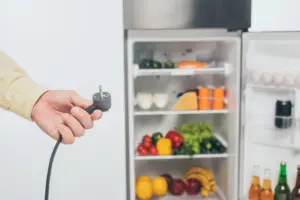How Microwave a Potato
When dinner needs to move fast, it helps to know exactly how microwave a potato without sacrificing texture or flavor. Microwaving can deliver a tender, fluffy interior in minutes, but the method matters more than most people realize. Size, potato variety, wattage, moisture, and finishing steps all shape the result. This expanded guide walks through selection, preparation, timing, testing, flavor ideas, and troubleshooting so a quick weeknight side tastes like it took all afternoon.
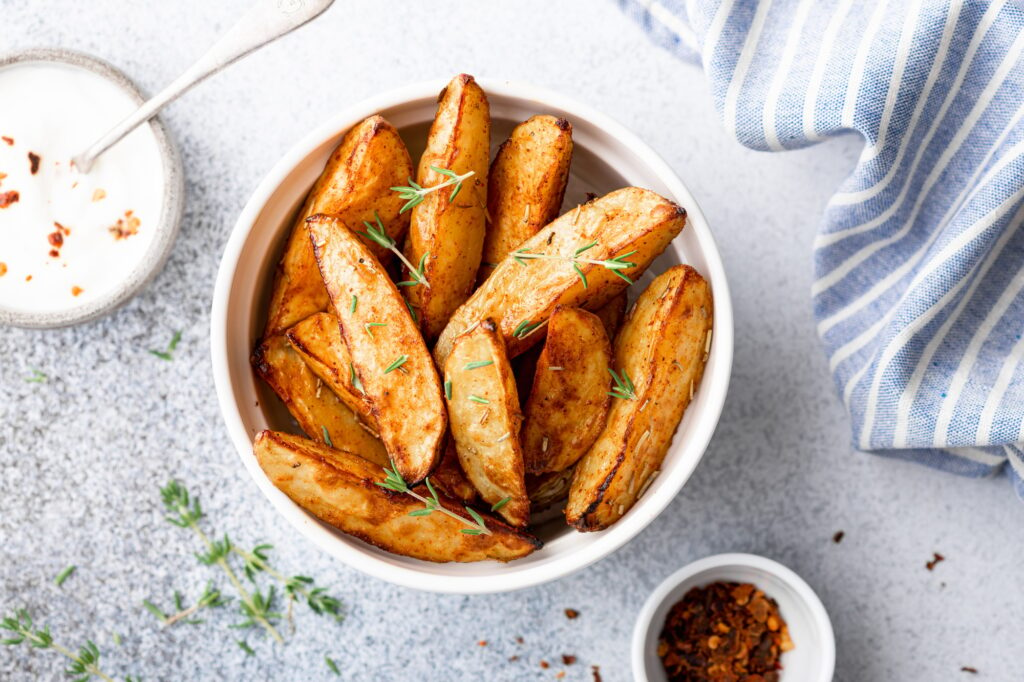
Why the right approach makes a big difference
A microwave heats by exciting water molecules inside the food. Potatoes hold plenty of water, but distribution varies between varieties. A russet’s high starch content gels into a light, airy crumb when heated properly, while waxy types like red or Yukon Gold stay dense and silky. That means the same minutes on the display can yield very different textures. Understanding this lets you tailor how microwave a potato for the style you want, whether that is a classic “baked” russet ready for butter and chives or a waxy potato destined for slicing and topping.
Choosing a potato for your end goal
Pick russets if you want a steakhouse-style, fluffy interior that drinks in butter and sour cream. Their skins are thicker and roast up nicely if you finish them briefly in a hot oven or air fryer after the microwave stage. Choose Yukon Golds when you want a naturally buttery flavor and smooth, moist texture that stands up to toppings like sautéed mushrooms or chili. Select red potatoes for their shape-holding quality; they are excellent for diced toppings, herbed olive oil, and lighter meals. Matching variety to outcome is the first quiet step in how microwave a potato with repeatable success.
Preparation that prevents splits and dry spots
Rinse and scrub the potato to remove dirt, then dry the surface so seasonings adhere. Pierce the skin several times with a fork from end to end; this vents steam and reduces the risk of bursting. For softer skins and a more steamed interior, wrap the potato lightly in a damp paper towel. For a drier skin, skip the wrap and rub the exterior with a few drops of oil and a pinch of salt. Either way, place the potato on a microwave-safe plate and leave a little space around it so waves can circulate. Small choices like venting and moisture control determine whether heat travels evenly to the core or stalls near the surface.
Timing by size and wattage
Microwave wattage and potato size set the baseline. A medium russet—about eight to ten ounces—typically needs four to five minutes on high in a 1,000-watt unit. Larger potatoes can require six to eight minutes, while small ones may be tender in three to four minutes. If your microwave is rated closer to 700 watts, plan to add thirty to sixty seconds. For powerful 1,200‑watt models, begin at the low end, check, and add time in short bursts. Halfway through, turn the potato over to even out the heating. This simple rotation smooths out hot and cool zones so the center cooks through without drying the surface.
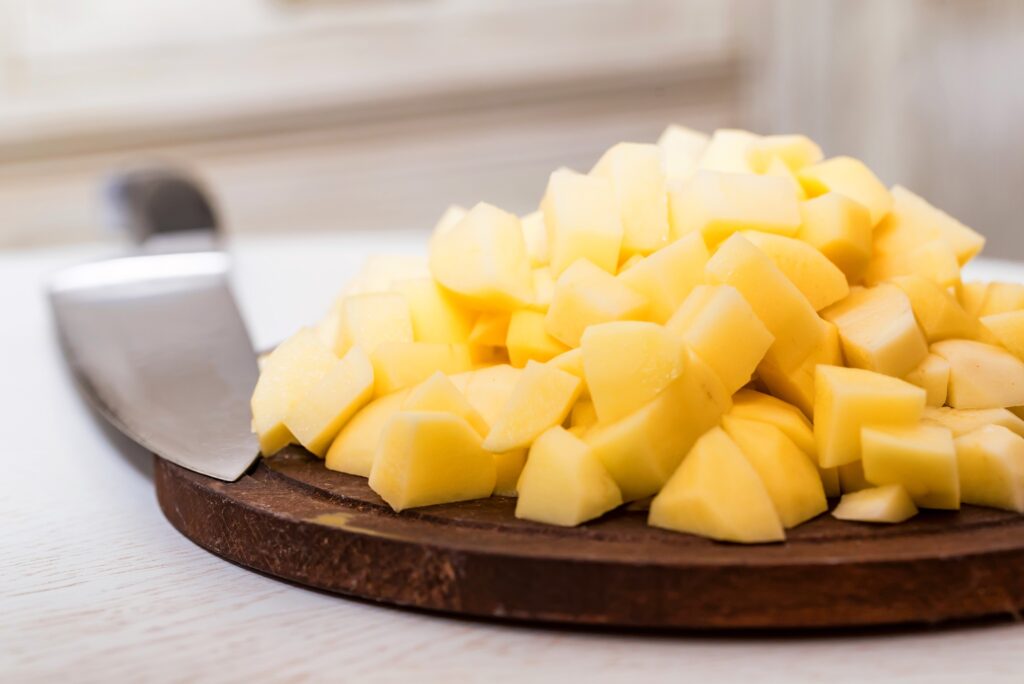
Cooking more than one potato at once
Multiple potatoes behave like one larger mass. Space them in a ring around the plate so they are not touching and rotate the plate if your unit lacks a turntable. Add roughly two to three minutes for each additional medium potato, but rely on feel rather than a rigid schedule. After the initial cycle, press gently; if the centers feel firm, keep going in thirty- to forty-five-second increments with another quick turn between bursts. Adjustments like these are the heart of how microwave a potato for family dinners without guessing or overcooking.
From frozen or par-cooked to table
If you froze leftover baked potatoes, thaw them partially in the refrigerator when possible to encourage even reheating. For cooking directly from frozen, reduce power to fifty percent for the first half of the time to allow heat to penetrate before you finish at full power. This two-stage approach keeps the exterior from turning leathery while the center catches up. For par‑cooked potatoes—those that you precooked for meal prep—start with shorter bursts, squeeze gently, and finish with a quick rest as steam equalizes throughout the flesh.
How to test for doneness without drying the center
The best indicator is gentle resistance. Slip a fork or thin skewer into the thickest part. It should glide in easily but still meet a whisper of structure so the potato does not collapse. If you prefer numbers, aim for an internal temperature around 205–210°F, which is where starches have gelatinized and texture turns creamy. Because heat continues to move inward after cooking, allow a short rest for the temperature to stabilize. This post‑cook rest is a small but essential part of how microwave a potato to a restaurant-quality finish.
Managing moisture for fluffy or silky textures
Moisture control is the texture dial. Wrapping a potato in a damp paper towel traps steam and yields a tender skin and uniformly moist crumb. Leaving it unwrapped with a light oil rub and a salt pinch dries the skin slightly and accents the earthy flavor. If you want both speed and crisp skin, microwave until just tender, then move the potato to a preheated 425°F oven or an air fryer for five to seven minutes. That quick finish dries the skin while leaving the interior steamy and light.
Seasoning before and after cooking
Salt on the skin seasons the first bite and helps draw surface moisture for a subtle dry finish when you skip the wrap. After cooking, split the potato lengthwise, press the ends gently to open the center, and fluff with a fork. Drop in butter so it melts directly into the crumb. Add sour cream or Greek yogurt for tang, then layer on chives, scallions, or a dusting of paprika. For a fuller meal, spoon on chili, pulled chicken, sautéed peppers, or roasted broccoli with cheddar. A microwaved base handles bold toppings well because the interior is a blank canvas for sauces and aromatics.

Creative variations that still cook quickly
For herbed potatoes, toss chopped parsley and dill with a tablespoon of olive oil and a pinch of garlic powder, then blend into the fluffed center. For a smoky profile, crumble cooked bacon and add a swipe of chipotle mayonnaise. For a lighter route, finish with lemon zest, a drizzle of olive oil, and shaved Parmesan. If you prefer a mashed texture, transfer the hot flesh to a bowl, add warm milk and butter, and whip briefly with a fork until just smooth to avoid gumminess. These small variations keep a weeknight staple fresh without slowing the process.
Troubleshooting uneven cooking
Cold spots come from uneven wave patterns and tight placements. Shift the potato slightly off center on the plate and turn it halfway. If the exterior dries before the center softens, reduce power to eighty percent and extend time; lower power allows heat to travel deeper. If the skin splits dramatically, the potato either was not pierced enough or heated too long without a rest. Pierce more generously next time and try shorter bursts with quick checks between. Iteration is part of how microwave a potato well; small tweaks eliminate the recurring problems in a particular microwave and kitchen.
Safety notes on containers and reheating
Use microwave‑safe plates and covers, avoid metal or foil, and allow steam to escape with a vented lid or a slight gap. Handle carefully as both plate and potato will be hot, and watch for steam when you pierce the center. For broader safety tips on microwave operation and door seal integrity, the U.S. Food and Drug Administration provides clear guidance on household microwave use, including why ovens remain safe when undamaged and used as directed. If you are new to microwave cooking or curious about radiation concerns, a quick read of the FDA’s overview offers helpful context without alarm.
Nutrition and smart toppings
A potato is naturally rich in potassium and provides fiber, especially when you eat the skin. Microwaving can actually preserve nutrients well because it uses shorter times and little added water. Balance butter with protein and vegetables for a rounded plate. Greek yogurt delivers creaminess with extra protein. Steamed broccoli adds fiber and color. A sprinkle of sharp cheese goes further than a large handful, letting flavor lead while keeping richness in check. Paying attention to toppings makes how microwave a potato align with broader nutrition goals without turning dinner into a project.
From microwave to grill, skillet, or oven
Hybrid methods combine speed with texture. After microwaving to tenderness, drop the potato cut‑side down into a hot, lightly oiled skillet for a minute to pick up a toasty edge. For a grill finish, brush with oil and place over medium heat just long enough to mark the skin. For an oven finish, a few minutes at a high temperature is enough to dry the exterior and concentrate flavor. These quick finishes are optional, but they are an easy way to elevate a simple side when you have an extra five minutes.
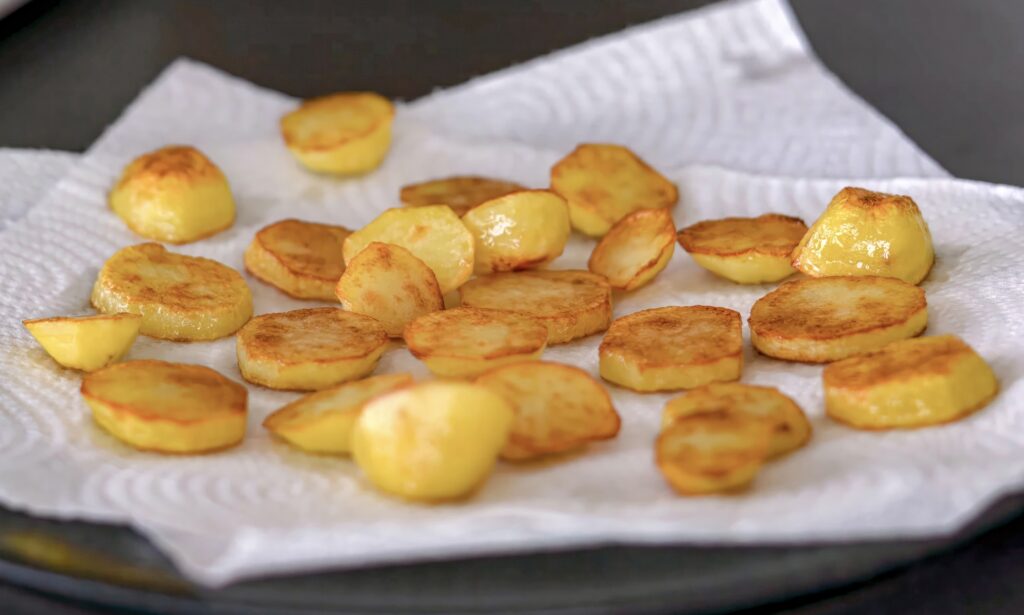
Special cases: sweet potatoes and small potatoes
Sweet potatoes follow similar rules but carry more natural sugars that brown and caramelize with heat. Pierce well, begin on the shorter end of the timing range, and let them rest to finish steaming through. For baby potatoes, keep them in a single layer, cover with a damp paper towel, and start with two to three minutes, shaking the plate gently halfway through. Because small potatoes cook fast, the margin between just right and overdone is narrower; short bursts with frequent checks prevent mealy textures.
Batch cooking for meal prep
Meal prep is easier when you cook several potatoes ahead. Let them cool, refrigerate in a breathable container, and reheat in the microwave with a damp paper towel to restore moisture. A quick skillet or oven finish refreshes the skin. Cooked potatoes hold well for a few days and match easily with rotisserie chicken, canned beans, quick sautéed vegetables, or a simple salad. This flexibility is the practical payoff of learning how microwave a potato with confidence: fast sides that fit around the rest of life.
When the microwave might need service
If you consistently see cold centers or overheated exteriors despite careful timing, the magnetron output or turntable rotation may be inconsistent. Unusual buzzing, arcing, or sparks warrant an immediate pause and a professional inspection. In Northeast Ohio, the technicians at My Appliance Guy can check door seals, test heating performance, and advise on whether a targeted repair or a replacement will serve you best given your usage patterns.
Local kitchen realities and small adjustments
Altitude, water content in the potato, and even how long it sat in storage change cook times slightly. If your market stocks very large russets, split them lengthwise, place cut sides together, and microwave as a single unit to speed the core without overdrying the skin. If your microwave tends to run hot, reduce power to eighty or ninety percent and extend time for a gentler, more even cook. Keeping notes for your specific model transforms guesswork into a reliable routine you can repeat without thinking.
A quick word on general microwave safety
Modern ovens are designed with interlocks and shielding to keep operation safe when doors and seals are intact. Keep vents clear, clean spills that can overheat turntable motors, and avoid running the unit empty. If you are curious about broader safety standards and testing practices, the FDA’s consumer pages provide a concise look at how household microwave safety is regulated and verified, which can add peace of mind as you rely on your unit for daily meals.
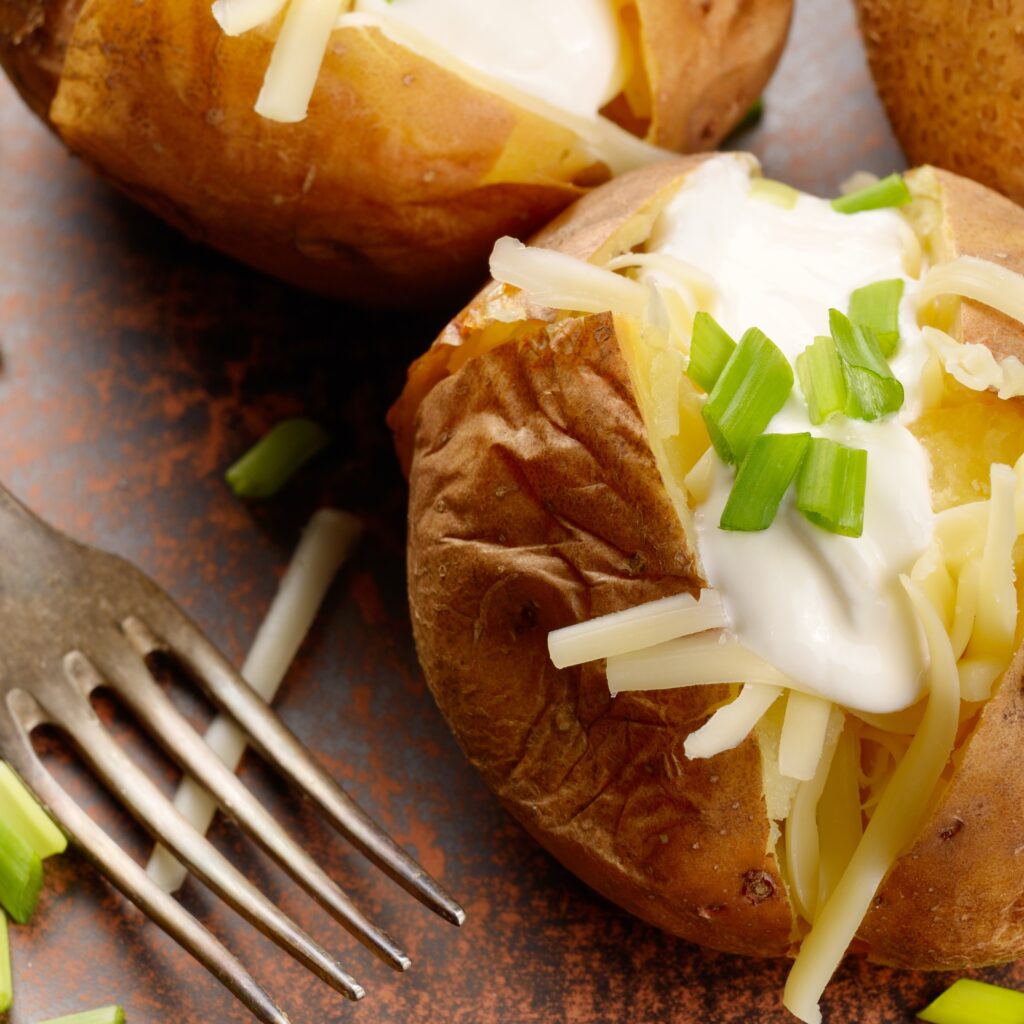
Talk to a local expert for personalized timing and tips
If you want help tailoring times to your specific microwave wattage and potato sizes—or you need a quick check on a unit that heats unevenly—call My Appliance Guy at (440) 409-4541. A short conversation with a technician can fine‑tune your approach and ensure your appliance is operating the way it should.
So, how microwave a potato for consistent, delicious results? Choose the right variety, pierce and prep to manage moisture, time by size and wattage with a mid‑cycle turn, and finish with a brief rest before topping. With these habits, a weeknight potato moves from quick afterthought to reliable favorite, proving that convenience and quality can share the same plate.

